Resistance welding is a widely used welding method that joins materials through the application of heat and pressure generated by electrical resistance. This technique is known for its speed, efficiency, and ability to produce high-quality welds. Commonly employed in the automotive and manufacturing industries, resistance welding offers significant advantages for joining sheet metals and creating strong, reliable bonds.
What is Resistance Welding?
Resistance welding is a solid-state welding process that uses electrical current and pressure to fuse two or more pieces of metal together. Unlike traditional welding methods, it does not rely on filler materials or open flames. Instead, the heat required for welding is generated internally by the electrical resistance of the materials being joined.
This method is particularly effective for thin materials like sheets and wires, making it a go-to solution for mass production in industries such as automotive manufacturing, appliance assembly, and electronics.
Resistance Welding Process
The resistance welding process involves three main steps:
- Preparation and Clamping: The metal pieces to be welded are cleaned to remove contaminants and are securely clamped between electrodes. The electrodes are typically made of copper or other conductive materials to efficiently deliver electrical current.
- Current Application: An electrical current is passed through the electrodes and the metal pieces. The electrical resistance at the interface of the metals generates intense heat, causing the materials to soften or melt slightly.
- Pressure and Bonding: While the metal is heated, the electrodes apply pressure to forge the materials together. Once the current is stopped, the weld cools and solidifies, creating a strong, permanent bond.
Types of resistance welding include spot welding, seam welding, and projection welding, each suited to specific applications based on the shape and thickness of the materials.
Pros and Cons of Resistance Welding
Pros
- Speed and Efficiency: Resistance welding is incredibly fast, making it ideal for high-volume production lines.
- No Filler Materials: This method eliminates the need for additional filler metals, reducing costs and simplifying the process.
- Consistent Weld Quality: The automated nature of resistance welding ensures uniform and repeatable welds.
- Minimal Heat-Affected Zone: The localized heating reduces distortion and preserves the integrity of the surrounding material.
- Environmentally Friendly: Resistance welding produces no fumes or harmful emissions, making it a cleaner alternative to traditional welding methods.
Cons
- Equipment Cost: Resistance welding machines can be expensive, particularly for advanced, automated systems.
- Material Limitations: This technique is most effective for thin metals and may not be suitable for thicker or non-conductive materials.
- Surface Preparation: The metals must be clean and free of contaminants to ensure a successful weld, requiring additional preparation time.
- Limited Portability: Resistance welding equipment is typically stationary and not ideal for on-site or field applications.
Conclusion
Resistance welding is a reliable and efficient welding process that has revolutionized mass production in various industries. By combining heat and pressure with electrical resistance, this technique delivers strong, high-quality welds quickly and cost-effectively.
While it has its limitations, the advantages of resistance welding – such as speed, consistency, and environmental friendliness – make it a preferred choice for many manufacturing applications. Understanding its process and benefits can help industries leverage resistance welding to improve productivity and achieve superior results in their welding projects.

